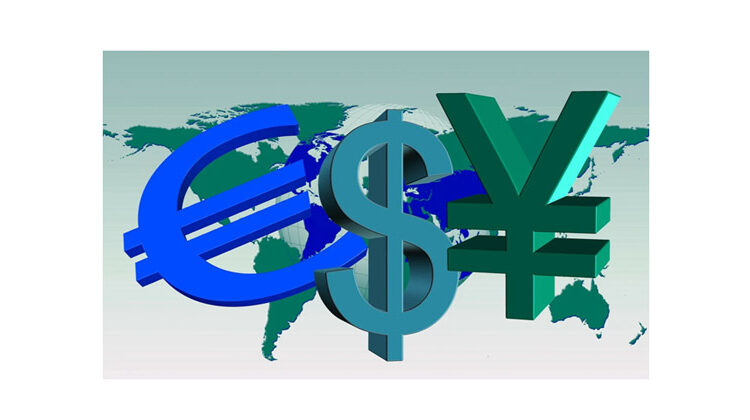
Currency markets have seen some serious movements in the past six months, for several reasons – some of them more obvious than others: economic data, monetary policy decisions, broader geopolitical changes, and so on. This mid-year update aims to take a closer look at the leading currencies and how they have performed so far. This can help investors plan ahead but, of course, this update does not serve as investment advice.
US Dollar (USD)
Let’s start off with the currency name most commonly referenced in global trade: the US Dollar. It has been performing its weakest since the early 1970s. This, surprisingly, comes on the back of a strong 2024, with the US economy outperforming its peers last year.
What’s that all about? A mix of trade uncertainty, larger fiscal deficits, and capital outflows as foreign investors take their money back home. These circumstances have led to a drop in the Dollar Index (DXY) of over 10% since January. Recent economic data remains solid, but markets are naturally pricing in uncertainty around monetary policy, inflation developments and trade tensions settlement. So a recovery of USD remains doubtful.
Euro (EUR)
When it comes to the Euro, on the other hand, it has experienced one of its strongest performances against the US Dollar in history. Up over 12% since the start of 2025, this currency name currently benefits from a relatively stable inflation environment, and the Eurozone’s robust fiscal spending initiatives are also good news for it.
That said, the Euro is facing pressure as of late, following another wave of threats of possible US tariffs on European imports. It is recommended to continue monitoring developments on this front by the August 1st deadline. A deal or no deal could have a direct impact on the Euro’s value going into the second half of the year.
Japanese Yen (JPY)
Moving on to the Japanese Yen, it has posted an overall weak performance during H1 2025. Despite it being usually linked to safe haven flows, it has failed to provide the same safety net for traders and investors, mainly due to factors like trade uncertainty, inflation, and the BoJ’s foggy policy path.
Investors should keep in mind that the spread between interest rates charged by the different central banks has an influence on currency exchange. In that sense, high debt-to-GDP levels in Japan force it to keep interest rates relatively high, in order to service the debt.
British Pound (GBP)
Another strong performer in 2025 is the British Pound, which also managed to gain more than 10% against the US Dollar. Nevertheless, strong wage growth and sticky inflation in the UK mean that the BoE will probably be reluctant to cut interest rates significantly during the upcoming months.
On the other hand, the country is the first one to secure a trade deal with the United States, and that means good news for investors in the GBP. Why? Compared to other nations facing 20%-30% tariffs on their exports to the US, the UK will only have to pay 10%. This certainly grants confidence in the Pound.
Summary on What Moves the Currency Market
The future of these and other currencies remains to be seen. Global and local factors, interest rates, inflation trends, and central bank policies can all potentially influence exchange rate movements. Political developments and trade agreements play a role as well, especially when they affect a major currency name.
So far this year, divergent monetary policies and shifting investor sentiment have driven most of the price volatility. That’s why understanding the recent history of each currency name, whether it’s USD, EUR, or GBP, should be a part of every healthy investing strategy.




